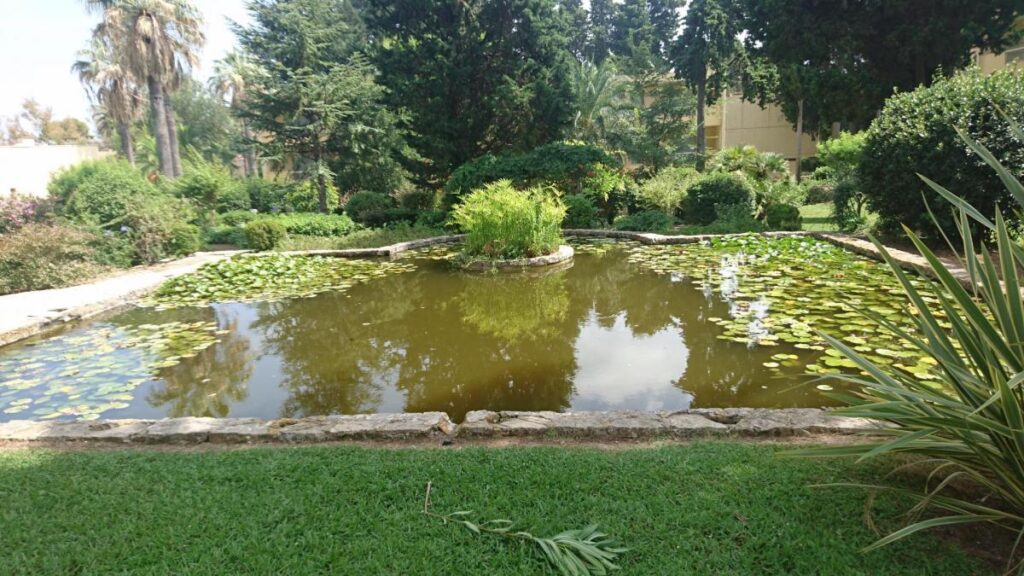If your turtle starts to become too cramped in its aquarium or you have several turtles, opt for an outdoor pond!
♦ If you want to put your turtle in your garden make sure that your turtle is more than 10 cm long because otherwise it risks to be caught by birds, it is also necessary that it is at the adult age because when the turtles are babies they have a softer carapace than the adults and thus the birds represent a danger for it. If it is less than 10 cm long, you can still put it outside but it is advised to make a screened enclosure (small bars) and to put a fence above it to protect it from predators.
First of all, make sure she can’t run away, fall, hurt herself or get stuck in your garden. If not, limit her yard with chicken wire.
♦ Next, dig a pond large enough and deep enough so that the turtle can swim freely and dive to the bottom. It’s also important that she can go to the bottom of the water to hibernate in the winter if you don’t bring her inside. Then, install a cover for it. In order for the turtle to get out of the water without difficulty, build a slope around the edges with pieces of wood or, more simply, with the earth covered with the tarp. Or simply buy a large plastic tub with a slope to get out of the water, which will be buried.
♦ Provide a dry space with grass and small rocks for the turtle to warm up in the sun, which should be as big as the tank. This space should be able to hold all the turtles together without them being on top of each other. But some breeds of water turtles do not need dry space and live constantly in the water.
If you live in an environment where it is rather cold, prefer an indoor space especially if, for example, you are the owner of a Trachemys scripta, it is preferable that it lives in a heated interior because the air where it will live, will have to be about 24-27 degrees.
♦ If you can afford it and have some DIY skills, you can build a waterproof, secure, heated hut with a heat lamp and a UV lamp for days when the weather is bad. But it is not mandatory.


